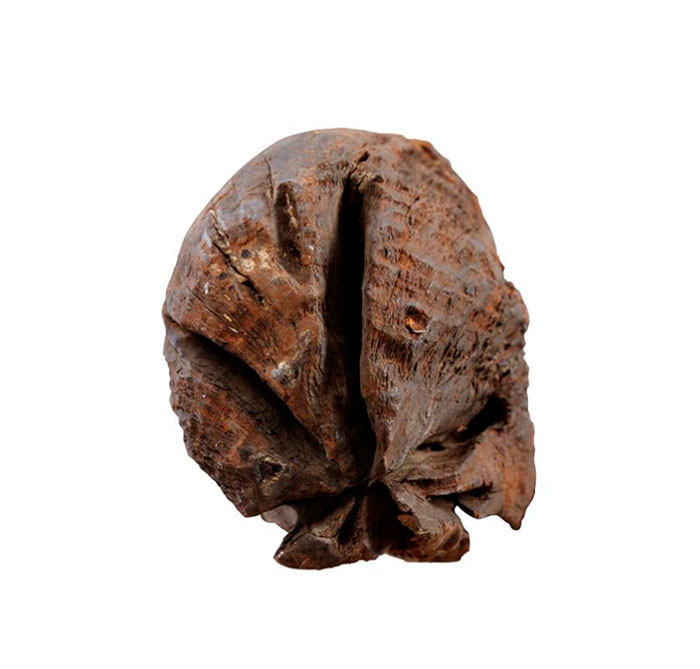Historians have hailed the Da Boi Wooden Tablet, a newly recognized National Treasure, as an irreplaceable historical artifact that served a function similar to a modern-day land title nearly 800 years ago.
An ancient land document from the Tran Dynasty
The Da Boi Wooden Tablet was discovered in early September 1962 in Bai Thuong Village (formerly Da Boi), Thuy Phuc Commune, Thuy Anh District, Thai Binh Province. In December 2024, it was officially recognized as a National Treasure and is now preserved at the National Museum of History.
This artifact dates back to November 25, 1269, during the 12th year of Emperor Tran Thanh Tong’s reign. It records the allocation of Da Boi rice fields by the Tran Dynasty to three officials from distant regions - Nguyen Nghien, Nguyen Sieu, and Nguyen Viet - under the “Dien Trang, Thai Ap” land management system.
What is the ‘Dien Trang, Thai Ap’ land system?
During the Tran Dynasty, land was managed under two main systems:
Dien Trang (manorial estates): Large agricultural estates owned and directly managed by royal nobles. These estates were cultivated by servants and laborers and could be inherited by noble families.
Thai Ap (fiefdoms): Smaller land grants awarded by the emperor to nobles and meritorious officials. A typical Thai Ap was about the size of 1.2 modern-day villages.
The Da Boi Wooden Tablet is one of the oldest surviving land records, shedding light on Vietnam’s feudal land ownership system.
Evidence of early Vietnamese script
One of the tablet’s most fascinating features is the use of the word "Đồng" in Nom script, an ancient writing system created by the Vietnamese based on Chinese characters. This provides physical evidence that Nom was in use as early as the 13th–14th centuries, a fact previously known only through historical texts.
After more than 800 years, the inscriptions on the Da Boi Wooden Tablet remain remarkably intact and legible, offering historians a rare glimpse into medieval Vietnamese governance.
A unique artifact of historical significance
The Da Boi Wooden Tablet is made from a solid tree trunk, standing 259 cm tall with a maximum diameter of 19.5 cm. The upper section extends outward, forming a protective arch over the inscriptions. The body of the tablet is engraved with four vertical columns of text, each containing approximately 30 characters, with 104 characters still readable today.
Historians consider this artifact an invaluable historical document, equivalent to a modern land title, providing direct insight into how land ownership was recorded and administered in Vietnam nearly eight centuries ago.

The Da Boi Wooden Tablet is a rare historical artifact linked to land management in feudal Vietnam.

Despite being over 800 years old, the inscriptions on the tablet remain clear and legible.

The top of the Da Boi Wooden Tablet features a protective arch.

Photo credit: Department of Cultural Heritage
Tinh Le